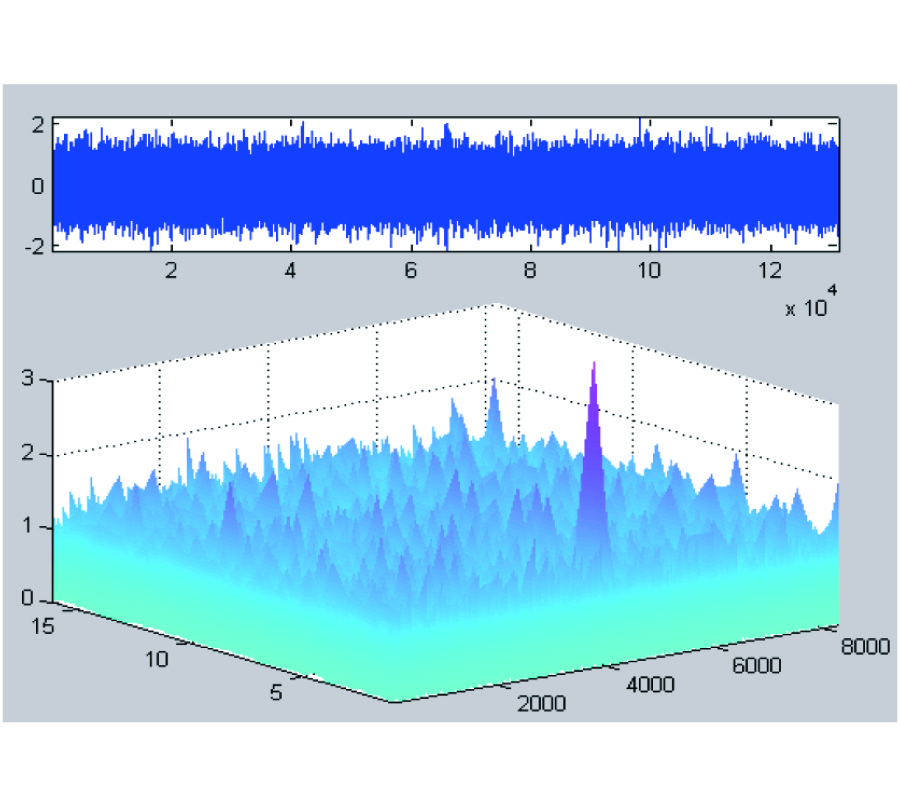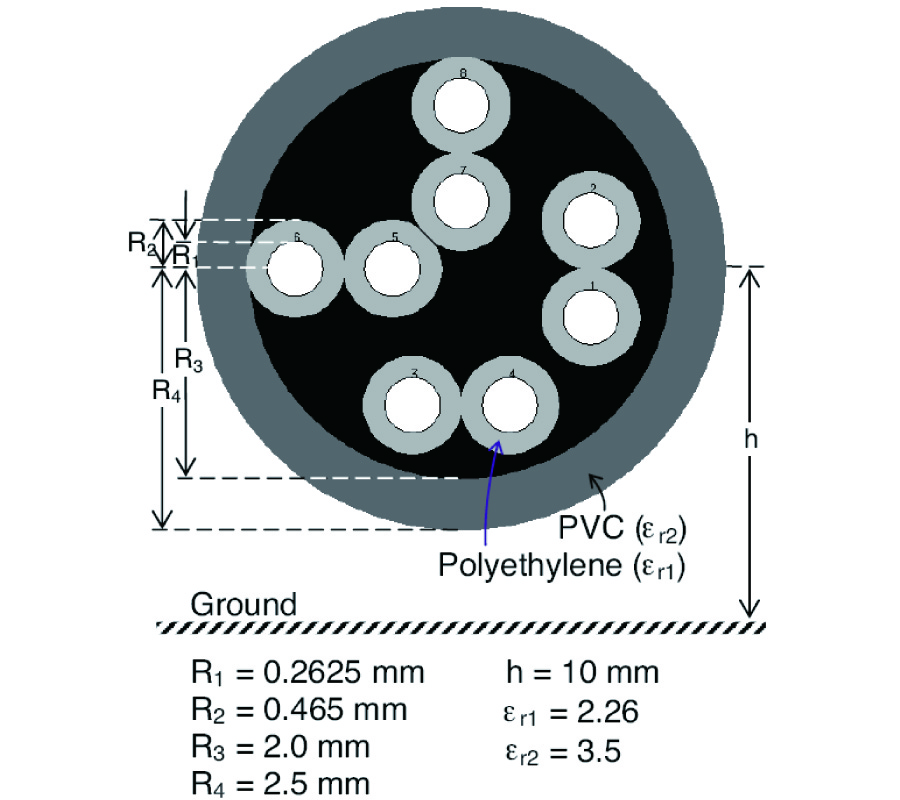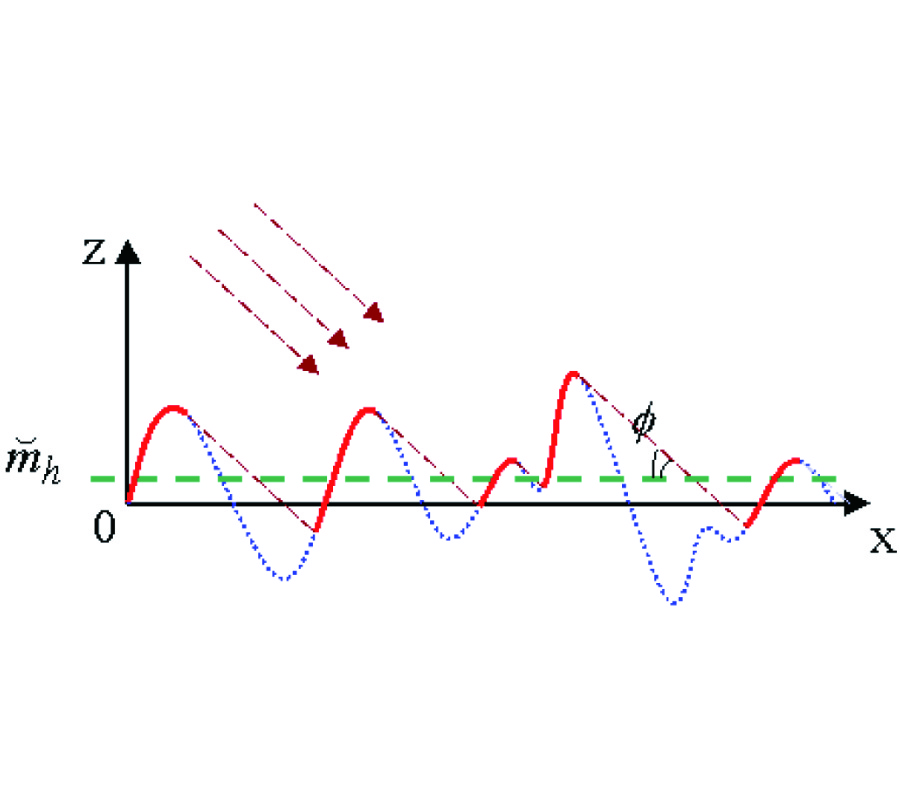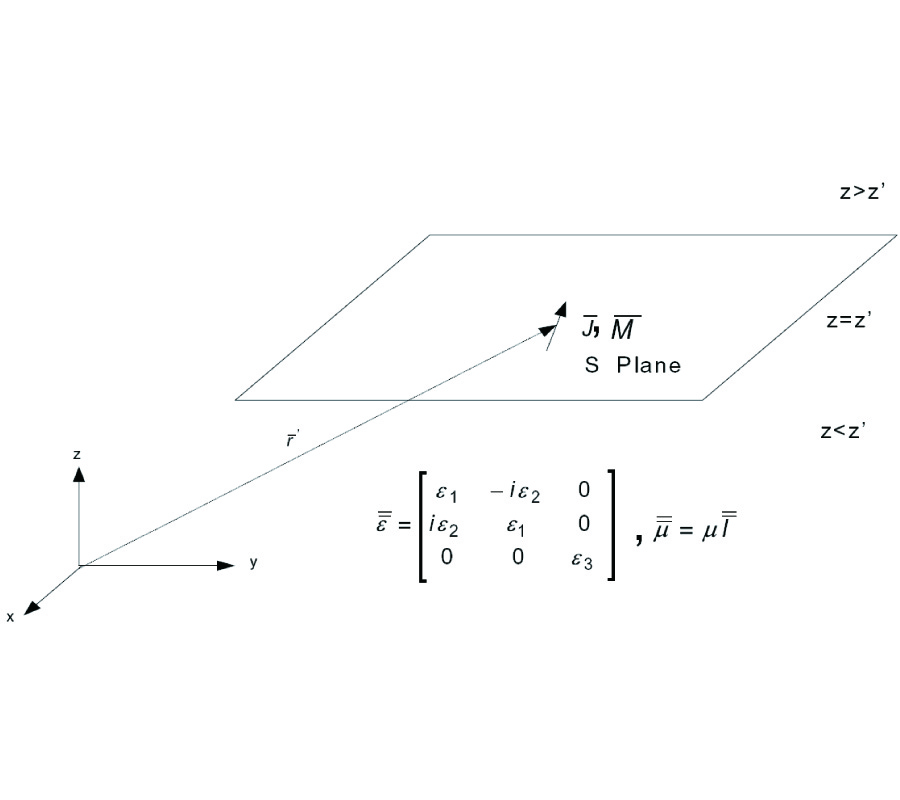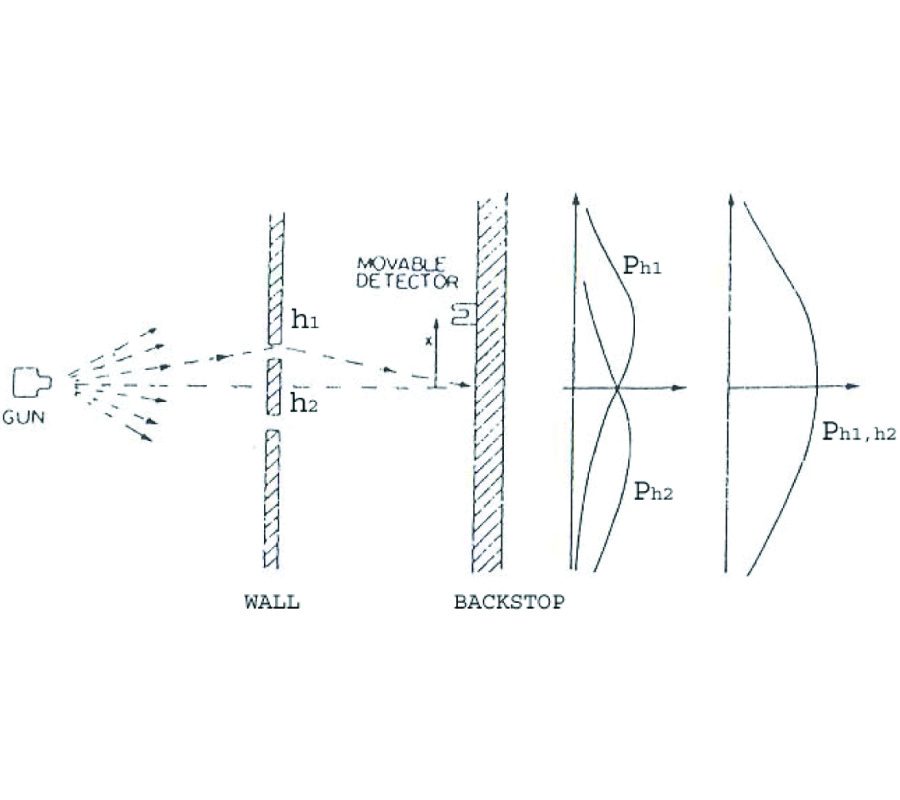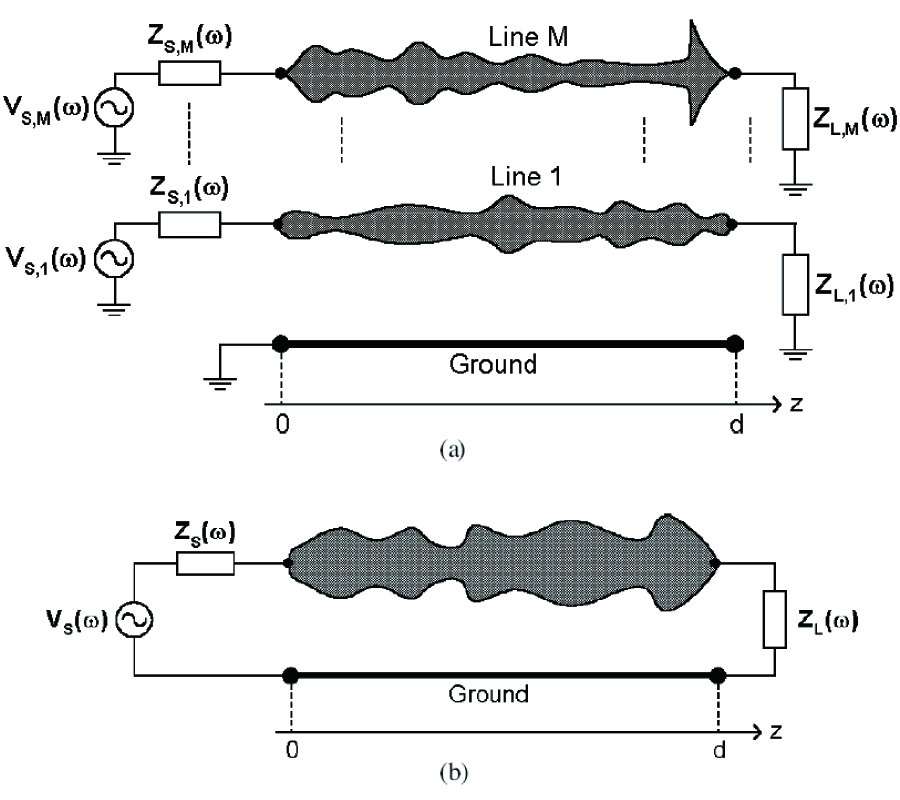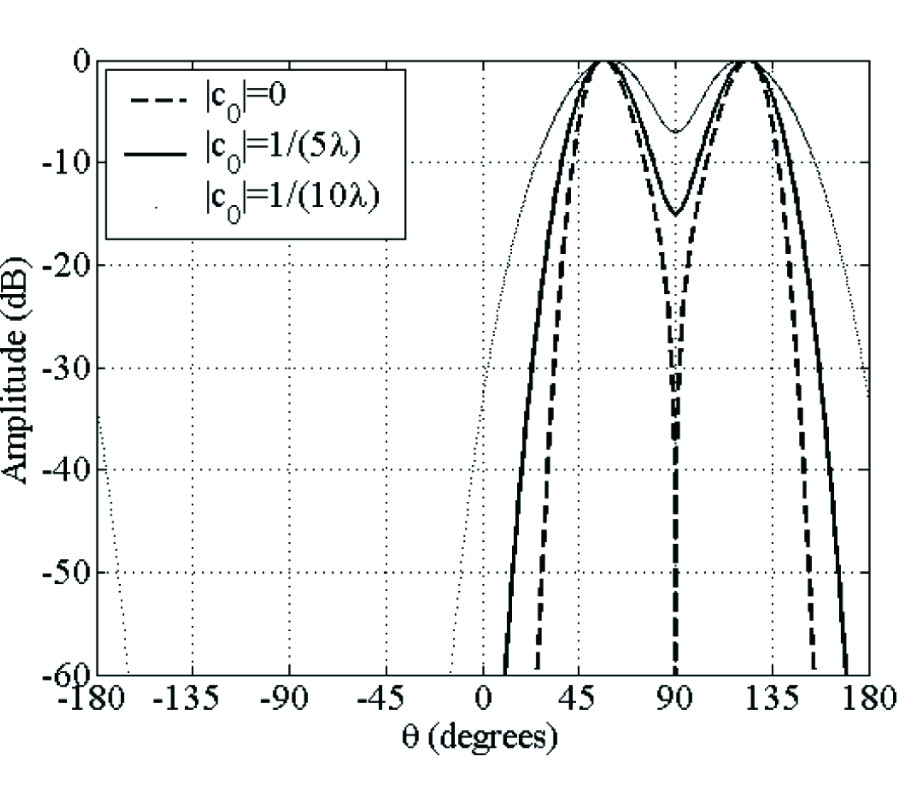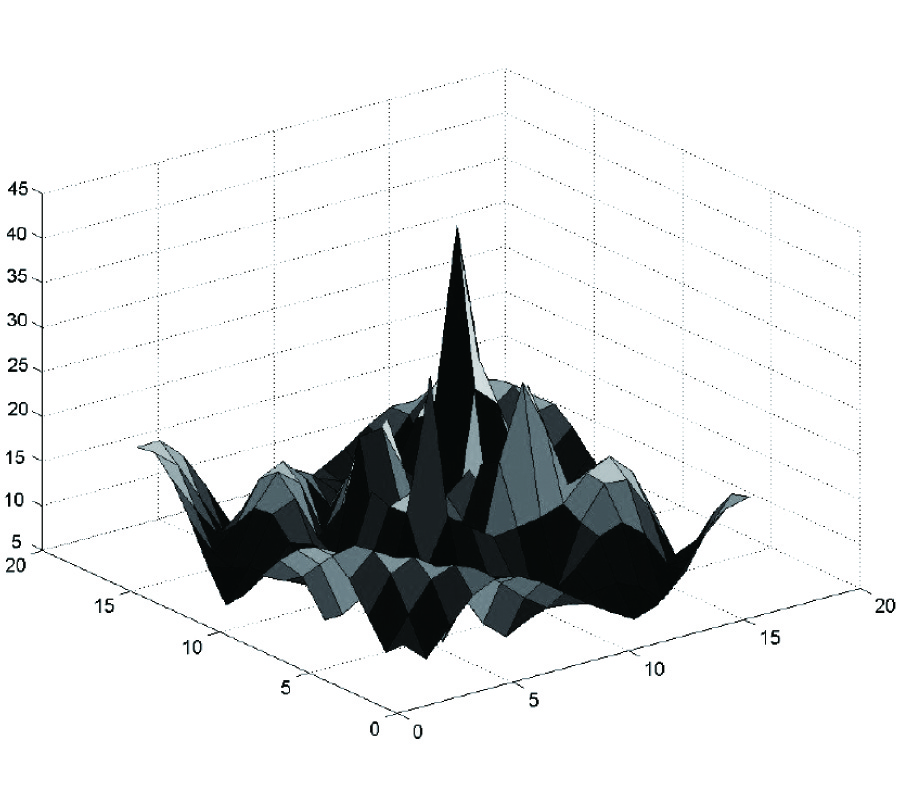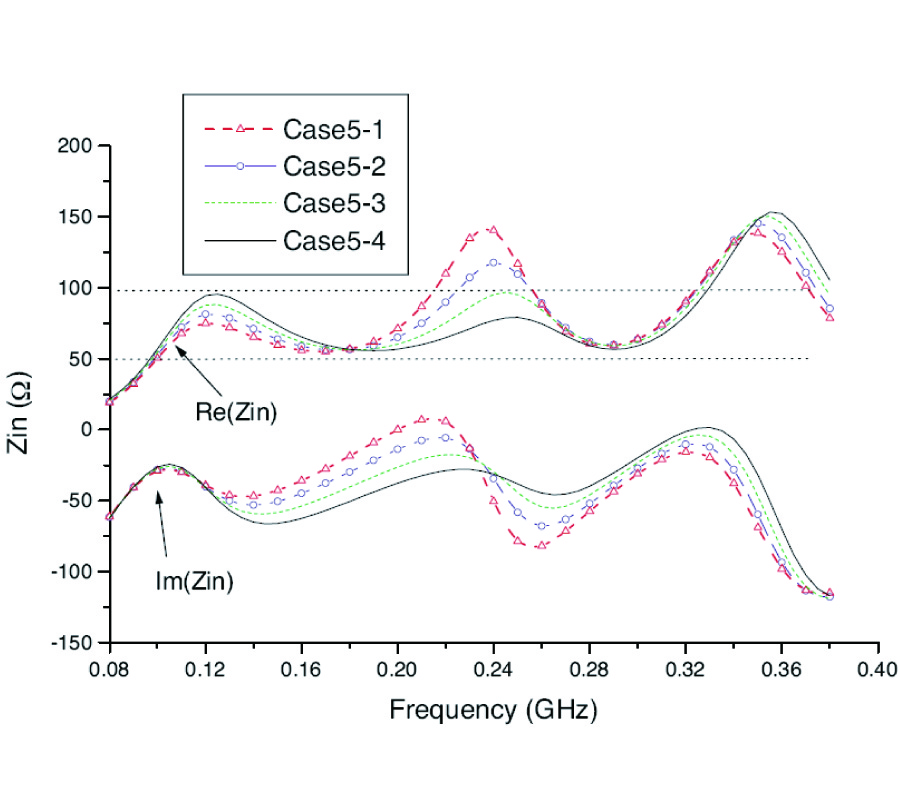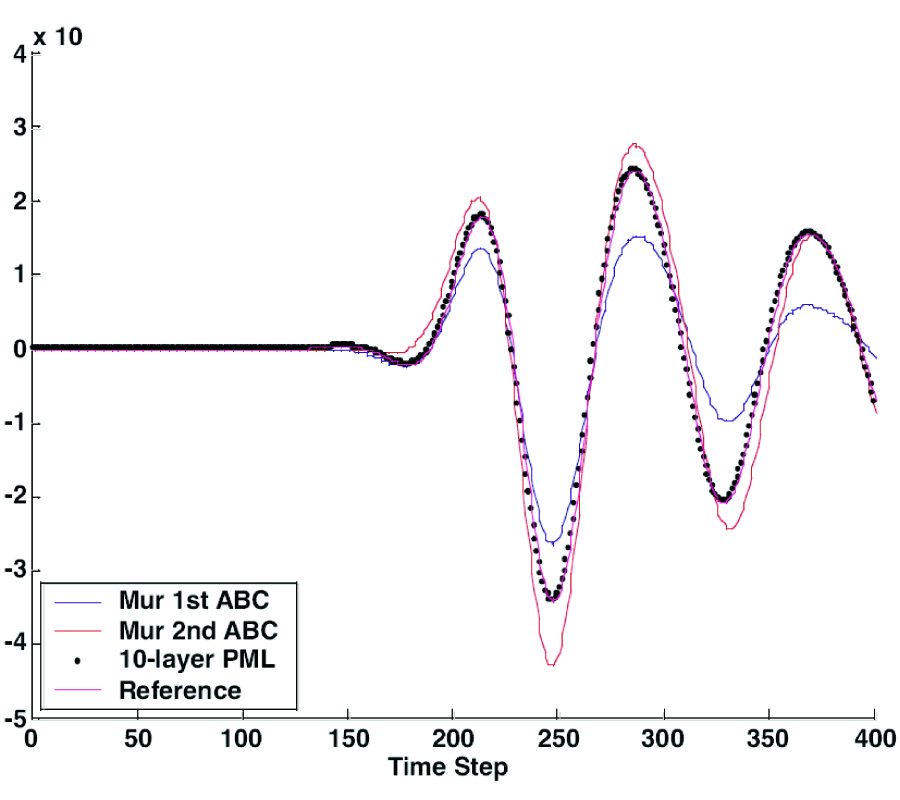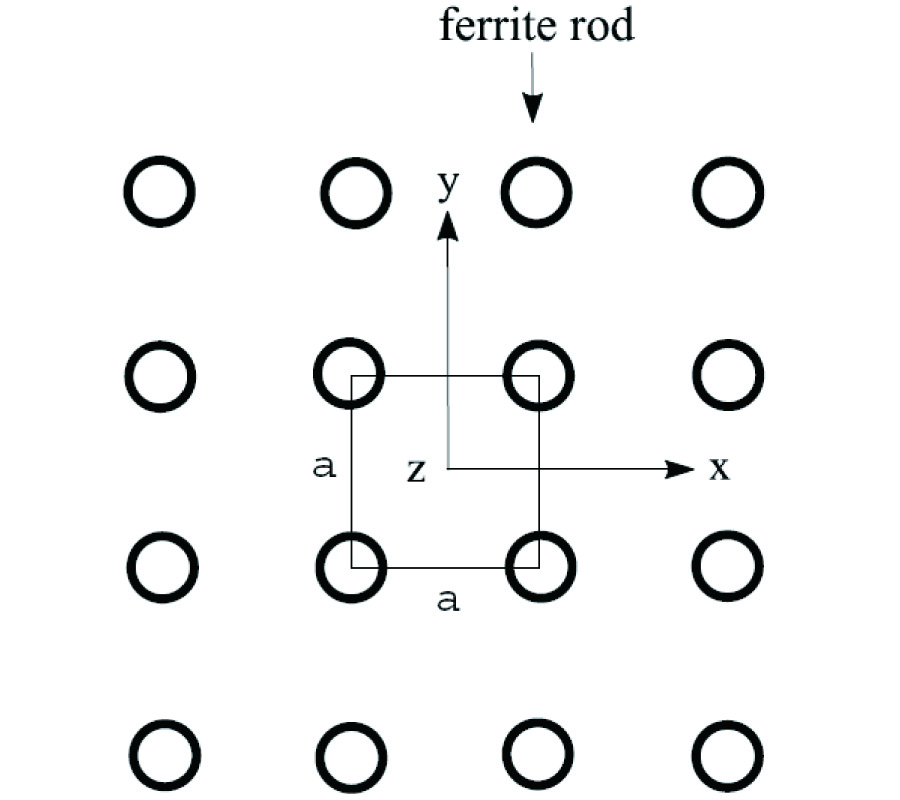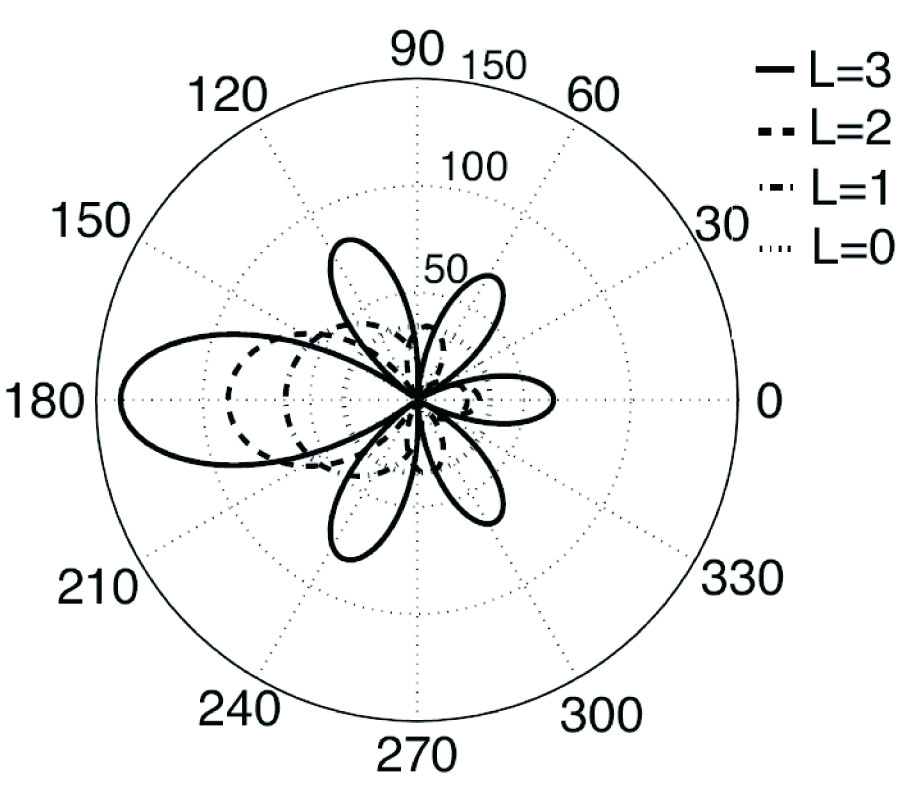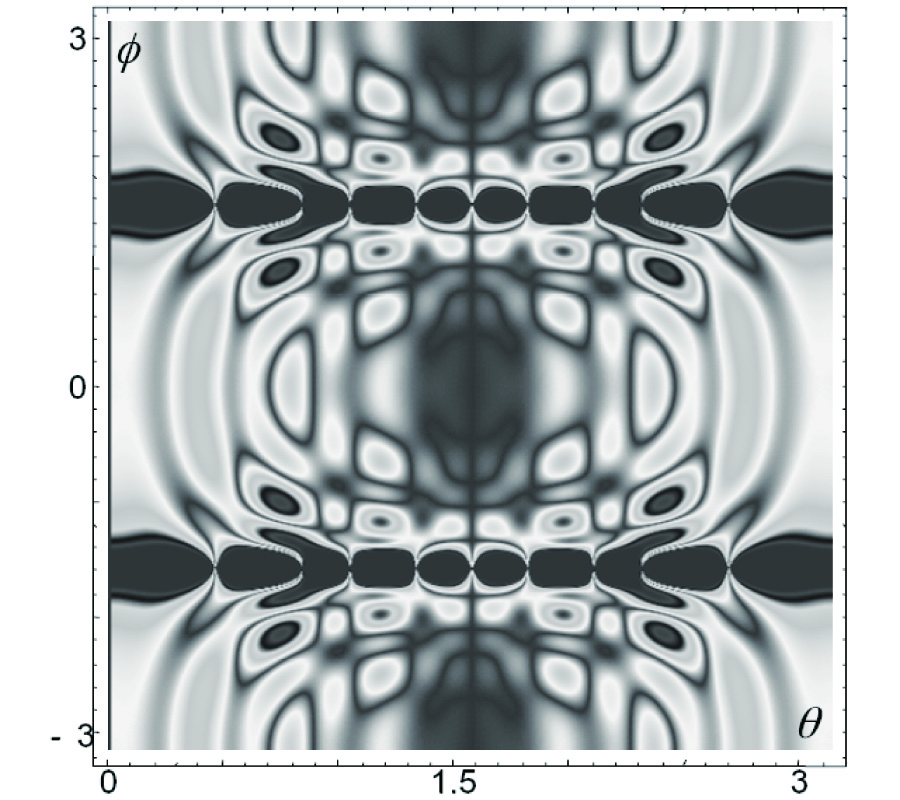Analytical Lower and Upper Bounds of Power Absorption in Near-Field Regions Deduced from a Modal-Based Equivalent Junction Model
Benoit Derat
and
Jean-Charles Bolomey
Due to the proximity of mobile phones to users' heads and resulting interrogations on potential health effects, as well as to the development of promising medical applications of electromagnetic waves such as non-invasive RF Hyperthermia treatments, near-field interactions between antennas and lossy scatterers, such as human beings, have been a topic of growing interest over the last decade. More generally, for various kinds of radiating sources and targets, much scientific effort has been done to answer the following question in particular configurations: what is the minimal/maximal power that can be absorbed in a lossy ob ject located in the reactive field region of an antenna? The aim of this paper is to propose a general and analytical solution to this problem, applicable to any source-scatterer system. To this purpose, a method, allowing to describe power deposition mechanisms in near-field regions, is introduced. This approach is based on an equivalent junction/circuit model which is shown here to result from an appropriate modal expansion of the radiated field. The dual interpretation of this model in terms of localized circuit and lumped junction is used to demonstrate how trends and bounds in power absorption phenomena can be derived. Firstly, the analogy with the microwave circuit theory provides the concepts of available power and load factor for electromagnetic fields, which allow to highlight the parameters influencing power dissipation and to analyze consequent trends. Secondly, the junction matrix formalism is used to obtain analytical lower and upper bounds of the power absorbed in a lossy object, located in the near field region of any radiating source. Those bounds give a clearer insight of the relationship between the total radiated power due to the antenna and the minimal or maximal power potentially dissipated in any scatterer exposed to such a radiated field. An example of bounds in a simple source-load configuration is finally provided, showing the link, to be further investigated, between the near-zone electric-field pattern of the antenna and the total dissipated power. This example also suggests that the power dissipated in a given object can be rapidly increased or reduced as the modal complexity of the source increases.
